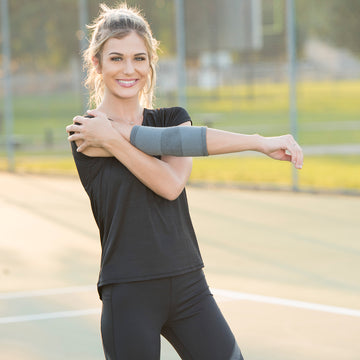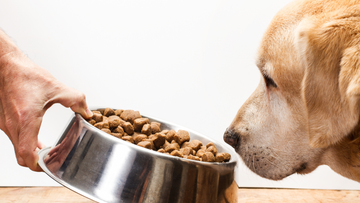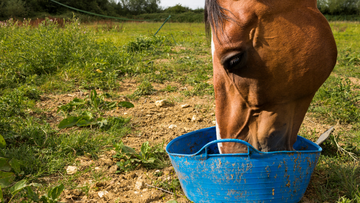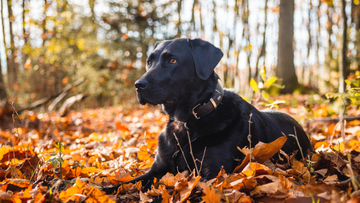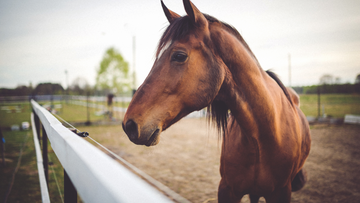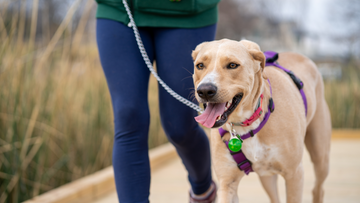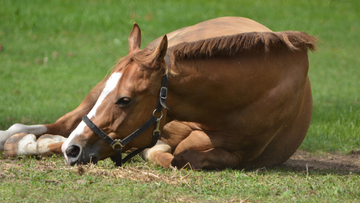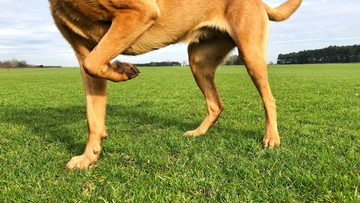Wrapping your horse’s legs for performance is extremely important for their safety. The most common performance wrap is known as the polo wrap. This wrap was originally created to protect polo ponies from not only injuries caused from running but also from the mallet and the ball hitting the horse’s legs.
 Polo wraps are now used for a number of different disciplines. Polo wraps help provide support to the tendons as well as softening any blows to the legs caused from jumps, barrels, or tight spins. Wraps can protect your horse’s legs but if not wrapped properly, they can actually cause more damage than good. If a wrap is too loose, not only does it not support the tendons like it is supposed to, it can also endanger your horse by becoming loose while you ride causing the horse to trip. If a wrap is too tight, it can create pressure on points that can affect a horse’s tendons.
Polo wraps are now used for a number of different disciplines. Polo wraps help provide support to the tendons as well as softening any blows to the legs caused from jumps, barrels, or tight spins. Wraps can protect your horse’s legs but if not wrapped properly, they can actually cause more damage than good. If a wrap is too loose, not only does it not support the tendons like it is supposed to, it can also endanger your horse by becoming loose while you ride causing the horse to trip. If a wrap is too tight, it can create pressure on points that can affect a horse’s tendons.
It is recommended to keep a smooth and uniform pressure while wrapping a horse’s legs. Avoid any lumps and ridges that might form under the top layer.
So what is the proper way to wrap your horse’s legs?
Start in the middle of the cannon bone. Hold one end of the wrap on the inside of the bone and wrap from front to back and from outside to inside.
This means, on the right legs, wrap clockwise; on left legs, wrap counterclockwise. Apply even pressure and work your way down the leg to the fetlock then back up towards the knee. The wrap should be snug – not too tight and not too loose.
Overlap the previous wrap by about 50%. Move your way back up right before you get to the fetlock. You should run out of wrap just short of the knee.
Do not start or end a wrap on a joint!
This can cause the wrap to become loose with movement. Wrapping takes practice, so don’t become discouraged if it is not perfect your first few times. Keep these few tips in mind while wrapping and you will be a pro before you know it! That’s a wrap! For more information on wrapping your horse’s legs, visit: https://benefabproducts.com/properly-wrap-horse-polo-wraps/

